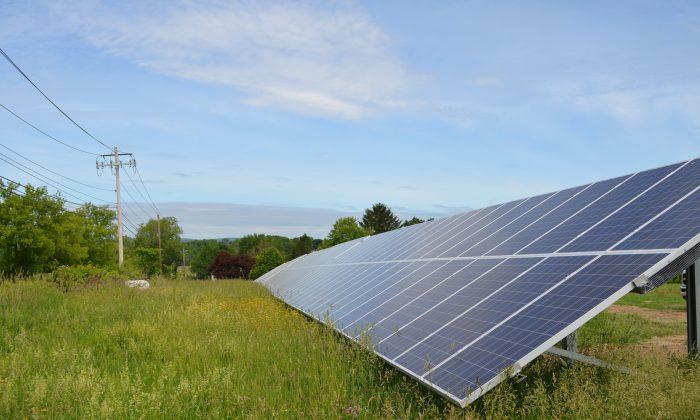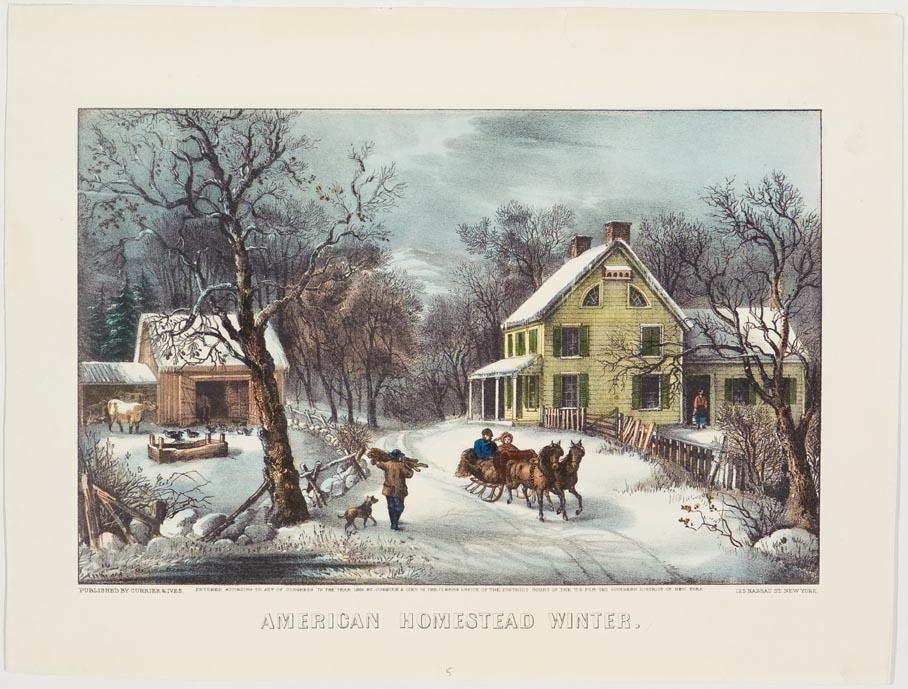GOSHEN—Town to Goshen engineer Dennis Lindsay explained revisions to the Goshen Town Board on Aug. 25 of a proposed local law to regulate renewable energy systems in Goshen.
Lindsay said the committee that drafted the law made note of comments from residents, the Town Planning Board, the Orange County Department of Planning, and some solar companies, when writing the proposed draft.
“We looked at every comment everybody made,” said Town Supervisor Doug Bloomfield who participated in the project. “We looked at every sentence and paragraph of literature that came to us from the solar industry before we came up with this final version.”
The law amended section 97-55 of the town code formerly titled “Reserved” and replaced it with the wind and solar regulations.
Lindsay said the proposed law tries to balance the needs of property owners who desire renewable energy with concerns for land preservation and its proper use.
Bloomfield said the law may need more revisions as it is put into practice. “Surely in this whole law, as we start applying and working through it, there will be a period, probably in the fairly near future, where we will go back in and tweak.”
Revisions
Lindsay noted several revisions in the 21-page draft. The minimum size for the site of a large system was reduced to at least 20 acres. Setbacks were reduced to 10 acres.
The definition of a large solar energy system was clarified to indicate a total area of 2,500 square feet as an accessory use. Solar panels on roofs must be parallel to the roofline. The drafting committee added a new section for wind and solar systems for use as a principle energy source.
Preserving wooded areas was addressed. The proposed local law restricts clearing of wooded areas to no more than 50 percent of the property and preserving as much natural vegetation as possible.
Signage to indicate who to call in case of an emergency, such as electrical sparking, would require a phone number every 100 linear feet.
The local law acknowledged that it’s impossible to eliminate all glare from solar panels. Objectionable glare could be limited by screening. Fencing around systems provides security and some screening, and the provision was expanded to allow a higher fence to keep out deer.
The town’s proposed law acknowledges the state push for alternative energy resources driven by the market. The mandate section states, “The Town agrees with a policy to focus development of a self-sustaining private-sector-driven clean energy market.”
A moratorium on large-scale wind and solar arrays in the town was put into place last November. Bloomfield announced a vote on the law at the Sept. 6 meeting of the board.
To contact this reporter, email [email protected]






Friends Read Free